![]()
![]()

Asia's leading researcher on the biodiversity of insects that exist in symbiosis with ants. Without question, he is one of the top insect-loving researchers within Japan.



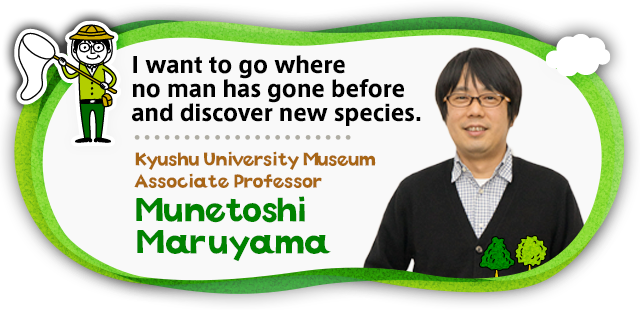
![]()
![]()

Asia's leading researcher on the biodiversity of insects that exist in symbiosis with ants. Without question, he is one of the top insect-loving researchers within Japan.
Born in Shizuoka and raised in Tokyo, he fell in love with insects as a child. Although there are fewer insects in the big city, he felt the blessings of their existence as he grew up. As a graduate student, he studied in Laboratory of Systematic Entomology at Hokkaido University, and completed his doctoral degree in 2003. Afterward, he worked at the National Museum of Nature and Science in Tokyo, Japan, for three years, and at the Field Museum of Natural History in Chicago, USA, for one year. In 2008, he started working at the Kyushu University Museum. While managing a collection of four million insect specimens, the largest sample in Japan, he personally travels to various domestic locations, as well as jungles in Southeast Asia, South America, and other locations to conduct insect surveys. He has discovered a large number of new species and new genera of insects, and has also written a number of works. His 2014 publication, "Konchu wa Sugoi" (published by Kobunsha Shinsho), even became a bestseller. In his specialization, analyzing the diverse array of insects that exist in symbiosis with ants, he is the leading expert in Asia. He is also without question one of the top insect-loving researchers in Japan.

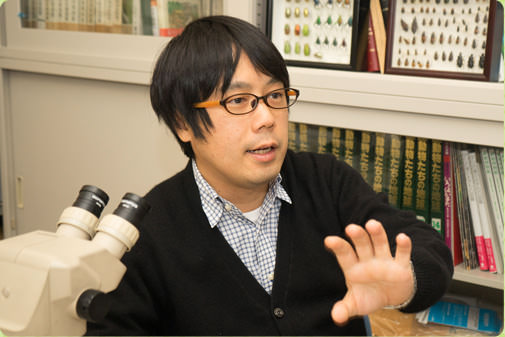
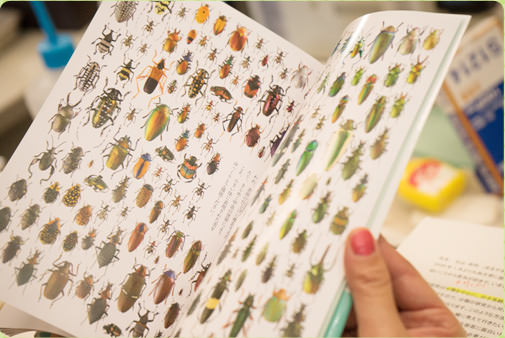
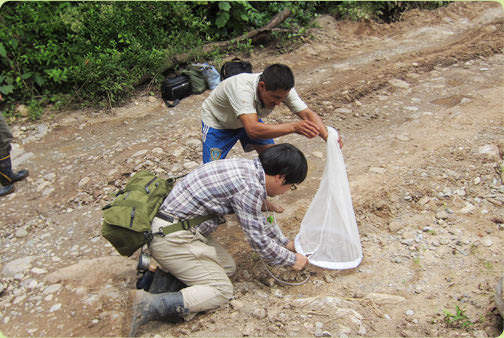

I carry out my research with a focus on classification. Taxonomy is the science of classifying living things. As for human beings, we are in the class Mammalia, the order Primata (primates), the family Hominidae, and genus Homo, with the scientific name Homo sapiens. The target for my research is insects, so when I discover a new species, I investigate the evolutionary process for that species using DNA analysis and various other techniques, and assign a classification.

My life's work is discovering and classifying the biodiversity of beetles that live in symbiosis with ants. One example of a new species of such beetles I discovered is the rove beetle, which is between 2 and 3 millimeters long. What's so interesting about insects with a symbiotic relationship to ants? For example, imagine if a bunch of aliens suddenly showed up in your home and started to live there. First of all, ants are generally quite aggressive toward other creatures, and they are insects that live with great organizational ability. Unlike the outside world, within their nests, ants have no enemies, they have plenty of food, and they live comfortably. Through the process of evolution, these beetles, which are like the aliens in your house, have developed glands that secrete odors and chemical substances that ants like, and the body shapes they have developed are also unique. Normally, the ants would aggressively force them out, but instead, these beetles and ants live together in the colony in a symbiotic relationship.

Just looking at ants alone, research shows there are about 300 species in Japan, about 2,000 species in Southeast Asia, and about 10,000 species worldwide. As for the insects living in symbiosis with them... how many species could there be? I can't even imagine. Whenever I discover a new species, I always extract the DNA and investigate its arrangement. Then, I inspect its body shape and determine which other species it is close to, and create a lineage diagram like a family tree. Next, I clarify the process of these species' evolution. These species living in symbiosis with ants are almost all unknown, so it's hard to see this work ever ending, but that also means there are numerous chances to discover new species, and the possibilities of this research are endless.
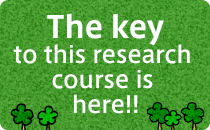

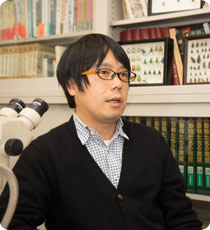
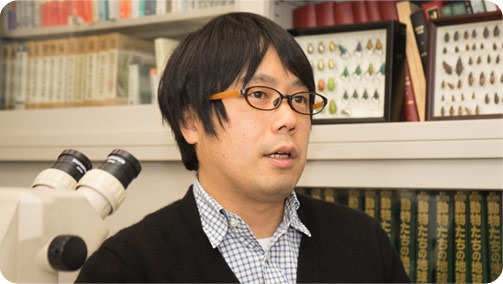


Insects have existed for roughly 400 million years, and out of all the species existing on land, approximately 80% are insects. They have existed much longer than humans, and have hunted in formations, practiced slavery, and even carried out a variety of activities like agriculture, livestock farming, bonding through marriage, and engaging in warfare. As living things, they are seniors to us humans. In the human world, philosophies about good and evil, and holding common values for living together are important for our actions, but looking at insects gives us a view of the inherent actions of living things. Living things are diverse and complicated. Of course, that's true of humans as well. I think it's important to accept that diversity and complexity of life, and to understand and pass judgment on things calmly. The beings that most show us the variety that exists in the real world are insects. That's a major point of interest for me.


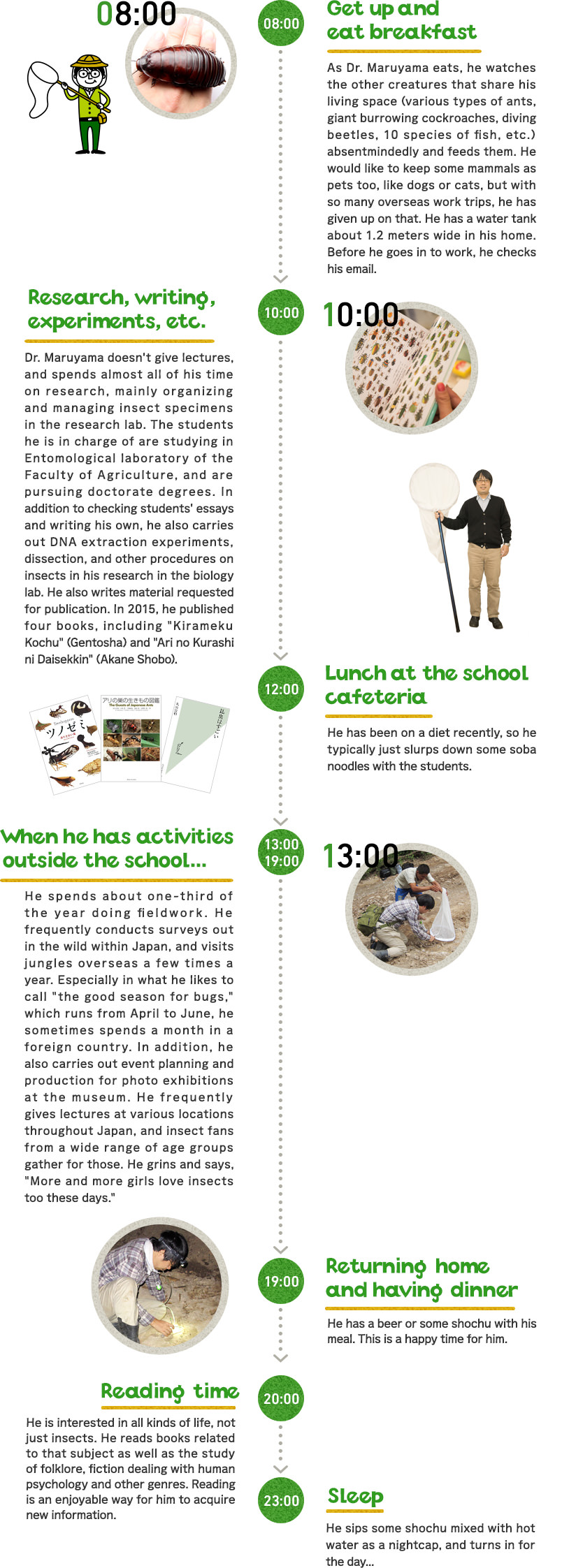

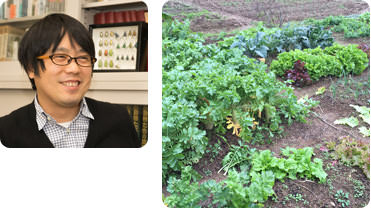
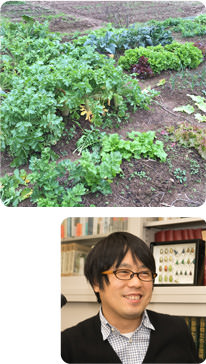

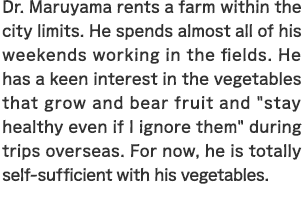
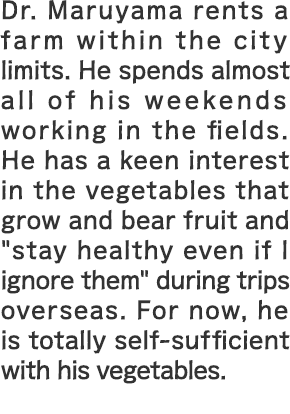

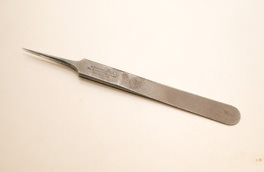
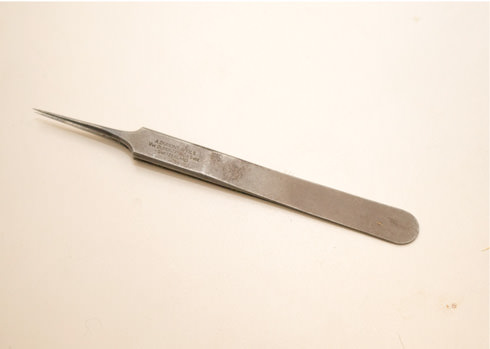
Dr. Maruyama has tremendous confidence in his dissection skills. When using forceps to grip the bodies of insects less than 5 mm long, he values the "softness of the grip." He uses an iron set that he has owned and regularly maintained for more than 20 years.
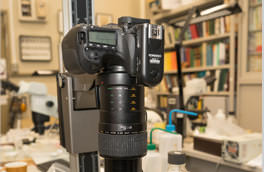
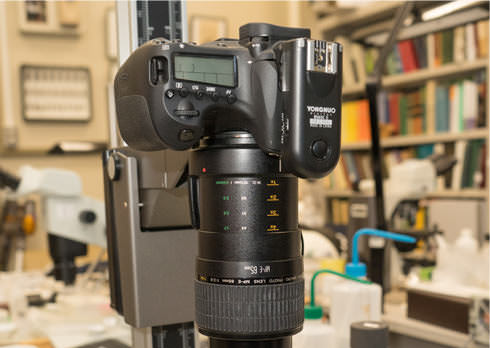
"I like photography, too." He takes the photos for his books himself. Even with a macro lens, getting a clear photo of an insect that's just 2 mm long is difficult... In those cases, he'll get a clear shot of each part of the specimen, then put them together later!
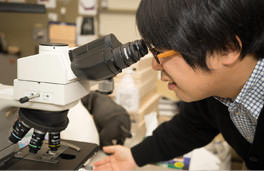
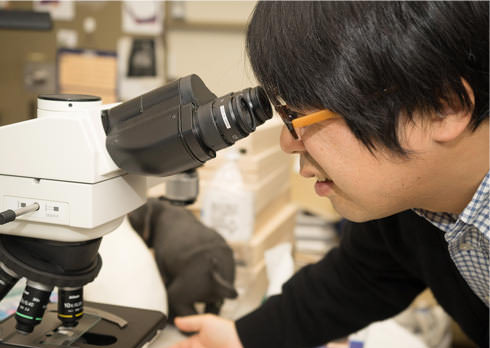
When drawing pictures of the insects he dissects and picking out valuable information, this equipment is essential. His hands are reflected on the screen under the microscope, enabling him to use his sense of touch and other skills to accurately draw the different parts at the millimeter level.

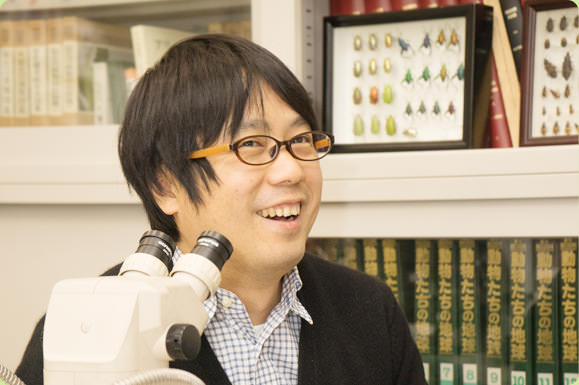
I want all of you to only do interesting things!!
"I want to know more." That's the starting point, and it's the driving force. I don't think that Nobel Prize winners started out thinking "for the sake of ___" and began their research for some just cause. My research is never-ending, and makes no contribution to industry. But at any rate, it's interesting, and I want to share that interest with other people. That's my drive to continue. In order to get to your final goal, you may have to do some things you don't want to. But those things are necessary for you to keep doing what you like. Always be honest with yourself, and if something's giving you trouble, try simply taking a break and then coming back to it!
This interview was conducted in December 2015.